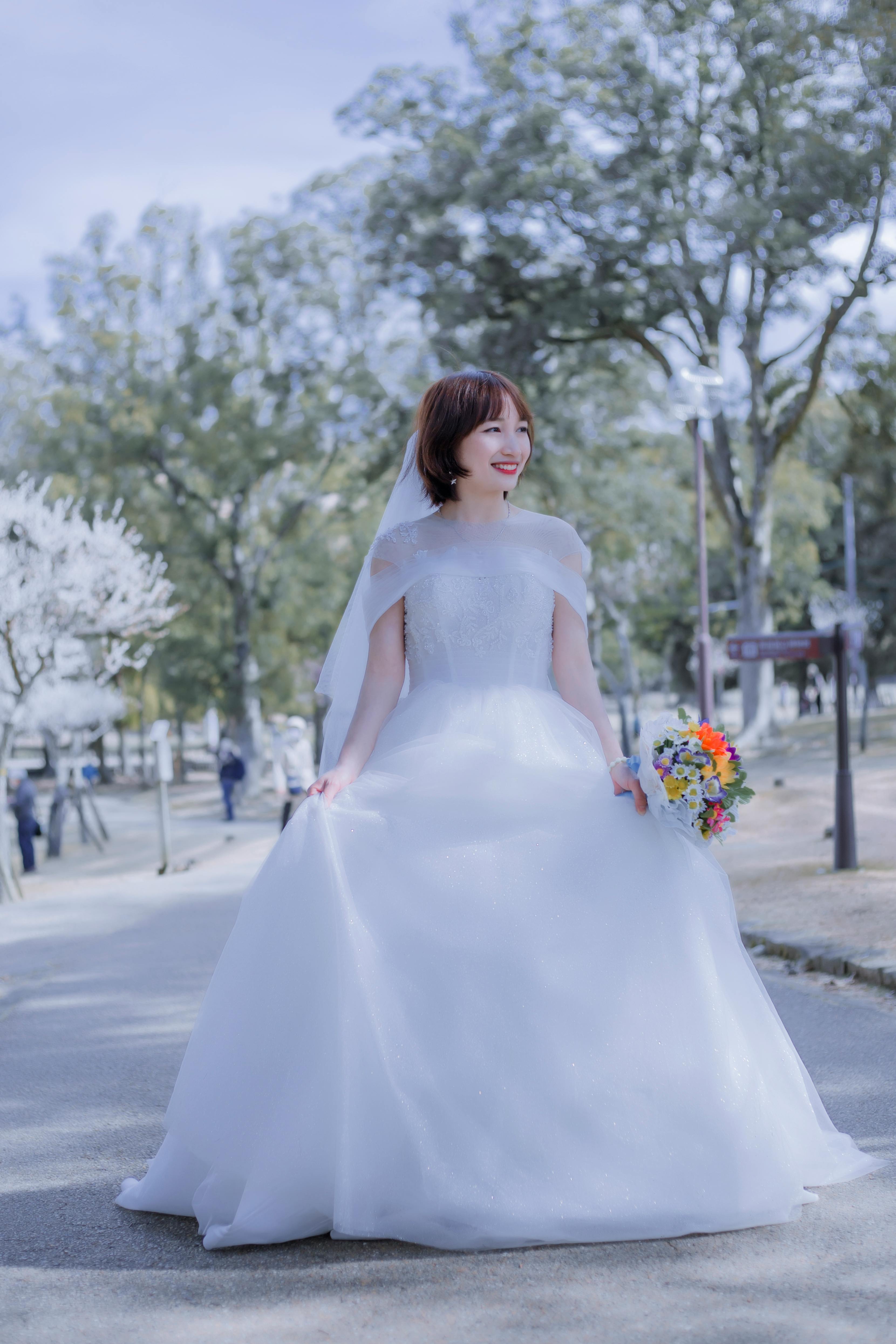During the 60 to 70 years of Soviet/russian rule, some Central Asian marriage norms were abandoned, but different norms still exist. They are frequently spectacular and extravagant, reflect the value of people, and are rooted in the area https://open.spotify.com/album/7CfkpGrllxZcSerKKA9ORF is nomadic prior.
A bride’s ceremonial helmet, known as the saukele, serves as a farewell to her carefree days as a young woman and as an entryway to marriage. A well-known girl did use gold, silk, and other valuable materials to enclose the headpiece. Her departure to the groom’s uzbek brides family house was in its last stages of planning. Next, with her experience unveiled, she was escorted on feet or on horse. She may make tradition slings to her husband’s female relatives as she travels.

Another crucial aspect of a Central Asiatic relationship ceremony was the jasau, or marriage. The bride’s relatives gave her a wide range of goods to use for her coming in-laws. They may contain pricey household items like food, food, and expensive jewellery. In today’s fast-paced society, close friends also gave products of fine fibers and kalpaks ( traditional headwear for men ).
The repayment of a sizable sum of money to the princess’s household is also practiced in some places, such as Turkmenistan. It’s known as kalym and is more than$ 10,000. The custom was outlawed during the Soviet Union, but it has since gained popularity, with 90 % of ceremonies today paying kalyms.
